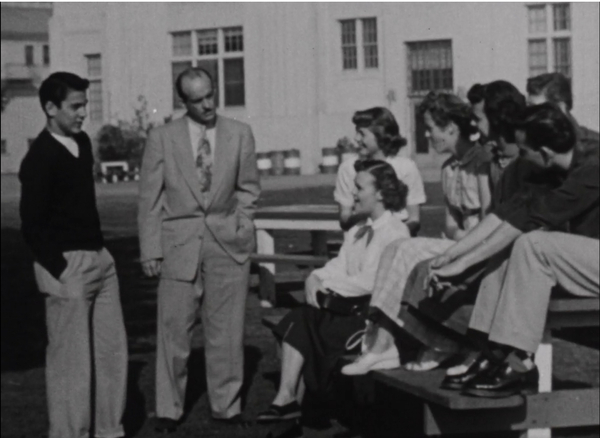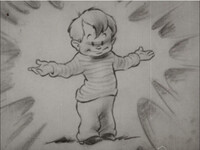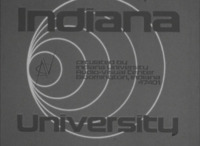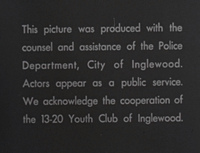Evolution of Education

This still from Gossip, at 9 minutes and 35 seconds, displays the problem-solving principal character explaining the harmful effects of gossip. The inclusion of this character allows film producers to address the audience.
While film was used for educational purposes before social guidance films, the increased availability and distribution of projectors and social guidance films brought more students into the film-as-education experience. Education institutions even helped with distributing content, as is shown by the still image below from What to do on a Date. Traditionally, educational power was laid with formal authority figures, like teachers and parents. Social guidance films changed this by incorporating students directly in the learning process, via critical self-reflection.1 Moreover, by utilizing actors portaying teenagers and young adults, the messages came from more relatable sources than older teachers. Some films accomplished this through directly asking the audience to self-reflect on the presented materials. Others did so subtly, like More Dates for Kay, which relied on a multitude of close-up shots of the main character to place the viewer in their position. Even when drawing animation, Johnny Learns his Manners has focused shots incorporated to emphasize character relation to their audience. A few, as in Gossip, inserts a character, the principal, to explain the message directly to the audience through character interaction. The principal does this in the address to students outside the school at the end of the film. Most films centered around child characters to draw the interest and comparison of the characters to the real lives of schoolchildren.

The animated Johnny from Johnny Learns his Manners had several close-up shots to connect the child audience to the character, like this one at 1 minute and 26 seconds.

Close up shots of the main characters, such as this one at 9 minutes and 19 seconds, from More Dates for Kay, encourage the student audience to relate to the characters.


